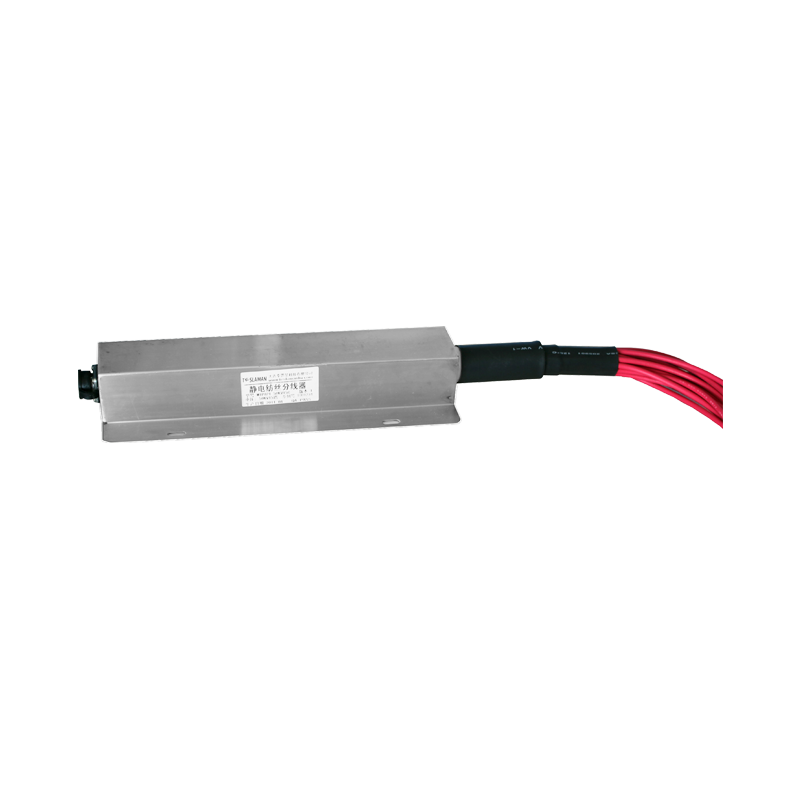Application and Effect Evaluation of X-ray Power Supply Technology in Building Material Quality Inspection
I. Introduction
With the continuous development of modern construction industry, the quality of building materials is directly related to the safety, reliability, and durability of buildings. Therefore, strict quality inspection of building materials is particularly important. In recent years, X-ray power supply technology has been widely used in the field of building material quality inspection, providing strong technical support for the quality control of building materials. This article will evaluate the application and effects of X-ray power supply technology in building material quality inspection from a professional perspective.
II. Brief Introduction to the Principle of X-ray Power Supply Technology
X-ray power supply technology is a non-destructive testing (NDT) technique based on the principle of X-ray radiation. By generating high-energy X-rays with an X-ray generator, penetrating the material to be tested, using an X-ray detector to receive the intensity of the penetrated rays, and combining computer image processing technology, real-time imaging of the internal structure of the material can be achieved. Through the analysis of the imaging results, the quality issues such as defects and impurities in the material can be accurately determined.
III. Application of X-ray Power Supply Technology in Building Material Quality Inspection
1. Concrete Structure Detection
Concrete structures are one of the most commonly used structural forms in modern architecture. Using X-ray power supply technology, defects such as cracks, voids, and inclusions in concrete structures can be effectively detected. By comparing and analyzing the X-ray imaging results of normal concrete and defective concrete, the internal quality status of the concrete structure can be intuitively understood, providing an important basis for the safety performance evaluation of the concrete structure.
2. Reinforcement Corrosion Detection
Reinforcement corrosion is one of the important factors affecting the durability of reinforced concrete structures. X-ray power supply technology can penetrate the rust layer on the surface of steel bars and perform non-destructive detection of the degree of corrosion inside the steel bars. By comparing and analyzing the X-ray imaging results of steel bars with different degrees of corrosion, the remaining service life of the steel bars can be assessed, providing a scientific basis for the maintenance and reinforcement of building structures.
3. Insulation Material Detection
Insulation materials are an important component of exterior wall energy-saving buildings. X-ray power supply technology can perform non-destructive detection of parameters such as density, thickness, and uniformity of insulation materials to ensure they meet design requirements. In addition, by detecting internal defects of insulation materials, potential safety hazards such as fires can be effectively prevented.
IV. Effect Evaluation
1. High Accuracy: X-ray power supply technology has high resolution and sensitivity, capable of accurately detecting small defects and impurities inside building materials.
2. Non-destructive Testing: X-ray power supply technology is a non-destructive testing method that does not cause any damage to the material being tested, ensuring the integrity of the material.
3. High Efficiency: X-ray power supply technology can achieve rapid and automated detection processes, greatly improving detection efficiency and reducing labor intensity.
4. Energy Saving and Environmental Protection: The X-ray radiation dose generated by X-ray power supply technology during the detection process is relatively low, meeting environmental protection requirements.
V. Conclusion
In summary, X-ray power supply technology has broad application prospects and significant advantages in building material quality inspection. Through in-depth research and promotion of this technology, strong technical support can be provided for the quality control of building materials, promoting the sustainable development of the construction industry.




















